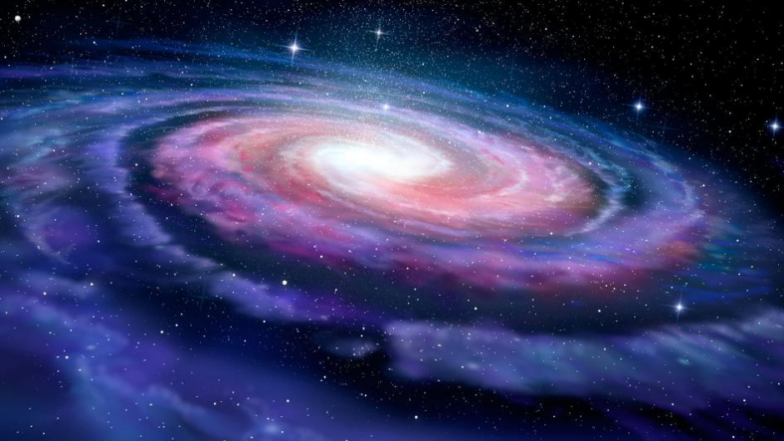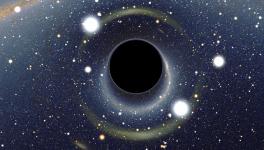Antila 2- A Large and Dim New Galaxy Found on far Side of the Milky Way

We know that the solar system is part of the Milky Way Galaxy. But circling our own one, is a surreptitious giant galaxy. This dwarf galaxy, which was discovered by astronomers recently, has been named Antila-2. This newly discovered galaxy had been eluding the eyes of the astronomers because it is 10,000 times fainter. This discovery is very significant as a celestial body which is as strange as this one challenges the existing models of galaxy formation and dark matter. Dark matter is what helps pull galaxies together.
This galaxy was discovered with the help of the data produced by the European Space Agency’s Gaia Satellite. A space telescope, Gaia satellite measures the motions and properties of more than a billion stars in and around the Milky Way.
The data from the Gaia telescope was sifted for RR Lyrae stars. The RR Lyrae stars are old stars, often found in dwarf galaxies. These stars emit a pulsating blue light which throbs at a rate that signals their inherent brightness. This pulsating rate allows researchers to measure their distance.
Vasily Belokurov, the Cambridge University astronomer and also a collaborator of the discovery in his comment to Science said, “RR Lyrae are so rare at these distances that even if you see two, you question why they are together”. But the team found three of such stars at a distance of some 4,20,000 light years away, which proved a strong signal of a large clusters of stars in that location. But the RR Lyrae stars are located at the far side of the Milky Way’s disk and the obstructing stars and gases veil it which made the finding of their other companions an extremely difficult task.
But Gaia data made the task possible for the team. The objects that lie on the disk of the Milky Way are close enough for the Gaia to measure their parallax. The parallax refers to the shift of the positions of the stars with respect to the movement of the Earth around the Sun. They removed the parallax bearing stars which made it easier for them to target the red stars, numbered more than 100, moving together in the constellation Antila. A constellation is a group of stars that form meaningful patterns on the celestial sky. The giant red stars marked the presence of a sprawling galaxy, however, with far fewer stars than anything of similar size.
How was this Strange Galaxy Formed?
Explaining such a mysterious galaxy, Belokurov suggests that in the early parts of Antila 2’s history, explosion of many young stars took place and emerged as violent supernovae. The explosions blew gas and dust out of the galaxy and in the process its gravity weakened. The weakening of gravity led the galaxy to swell up. Another possibility is that Antila 2 could have lost matter. This could happen if the stars were pulled away by larger gravitational forces as these orbited around the larger Milky Way. This also explains why Antila 2 has fewer stars than anything of similar size.
The discovery of this new galaxy also challenges the current model of galaxy formation and dark matter, especially in explaining the disproportionate size of Antila 2, which is 100 times smaller than anything that is similar to it. It is an established idea about the formation of galaxies- that the gravity of dark matter drew in abundant ordinary matters which fuel the birth of the stars.
The team, therefore, brings out the idea that Antila 2 might have been born from comparatively lighter and faster moving type of dark matter than the current models take into account.
Get the latest reports & analysis with people's perspective on Protests, movements & deep analytical videos, discussions of the current affairs in your Telegram app. Subscribe to NewsClick's Telegram channel & get Real-Time updates on stories, as they get published on our website.















